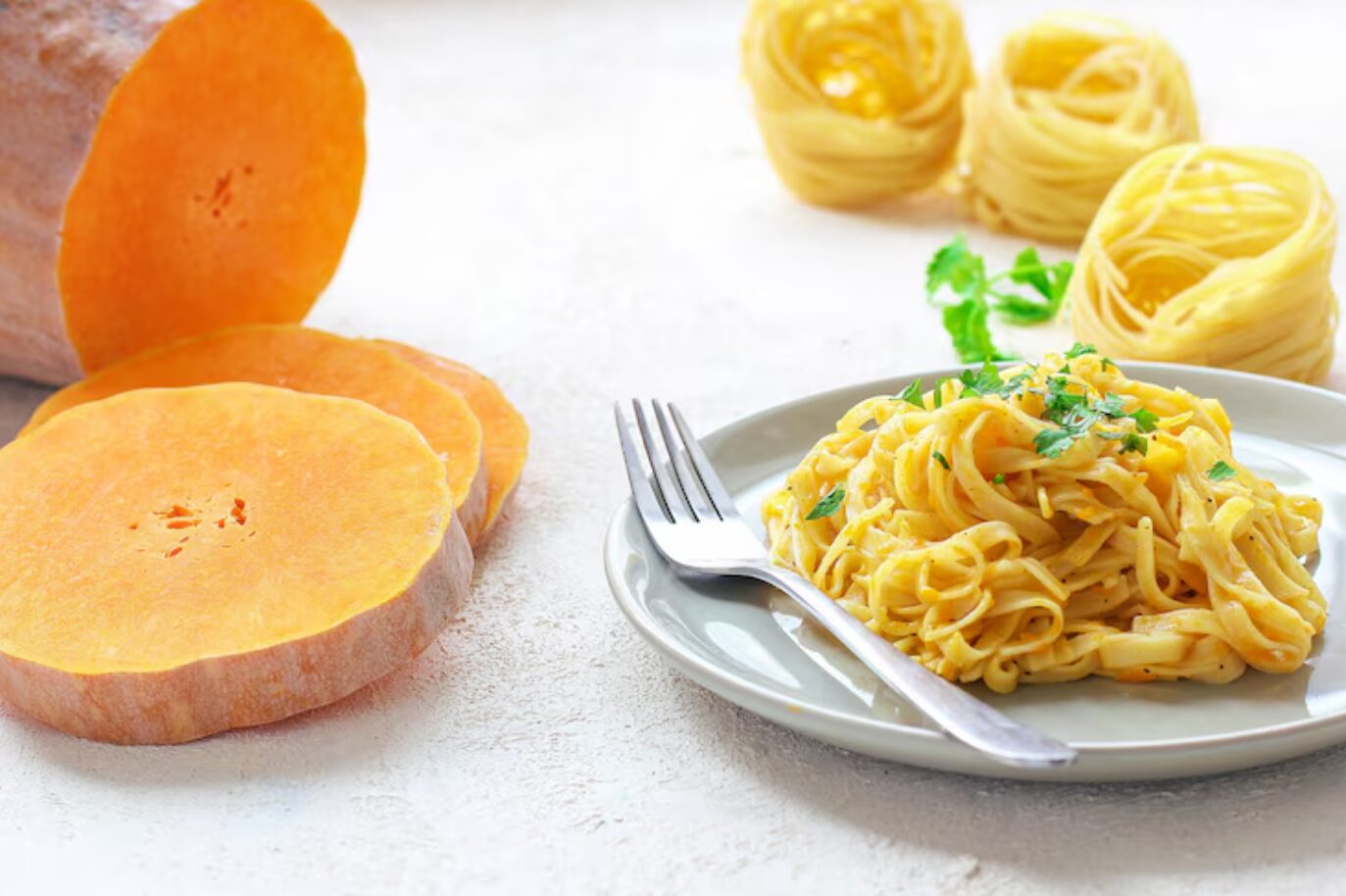Spaghetti squash has sailed from the fringes of farmers’ markets into the heart of modern kitchens, delighting home cooks and health enthusiasts alike. With its golden hue, noodle-like strands, and impressive nutritional profile, spaghetti squash is more than just a pasta substitute-it’s a versatile winter squash that transforms everyday meals into vibrant, wholesome feasts. Let’s dive into the world of spaghetti squash, exploring its origins, unique characteristics, and the many ways it can bring fun and flavor to your table.
Defining Spaghetti Squash: A Winter Squash Variety
Spaghetti squash is a type of winter squash, easily recognized by its oblong shape and bright yellow or pale ivory skin. Unlike summer squashes, winter squashes have a hard, thick rind and are harvested when fully mature. When cooked, the flesh of spaghetti squash separates into long, translucent strands that resemble spaghetti noodles, earning it the nickname “vegetable spaghetti”.
- Appearance and Characteristics of Spaghetti Squash
This squash typically weighs between two and five pounds and has a firm, smooth exterior. Inside, the flesh is pale yellow and surrounded by a cavity filled with seeds. Once roasted or baked, the flesh transforms into tender, slightly crunchy strands that can be scraped out with a fork. The mild, subtly sweet flavor makes it a perfect canvas for a variety of sauces and seasonings, from classic marinara to zesty pesto or creamy Alfredo.
The Unique Texture: How Spaghetti Squash Resembles Pasta
What sets spaghetti squash apart from other squashes is its remarkable texture. After cooking, the flesh pulls apart into spaghetti-like threads, making it a fun and healthy alternative to traditional pasta. While it doesn’t have the same chewiness as wheat noodles, its light, slightly crisp bite pairs beautifully with both hearty and delicate sauces. This unique quality has made spaghetti squash a favorite among those seeking gluten-free, low-carb, or plant-based meal options.
- Nutritional Profile: Vitamins, Minerals, and Health Benefits
Spaghetti squash is a nutritional powerhouse packed into a low-calorie package. One cup of cooked spaghetti squash contains just calories, grams of carbohydrates, grams of fiber, and almost no fat. It’s rich in vitamins and minerals, including:
- Vitamin A supports vision and immune health
- Vitamin C boosts collagen production and skin health
- Vitamin B6, Pantothenic Acid, Niacin, and Folate are essential for energy metabolism and nervous system function
- Manganese, Potassium, Calcium, and Iron are important for bone health, muscle function, and oxygen transport
Spaghetti squash is also high in antioxidants, which help protect the body from oxidative stress and may reduce the risk of chronic diseases. Its fiber content supports digestive health and helps you feel fuller longer, making it a smart choice for weight management.
Culinary Uses: From Roasting to Baking
Spaghetti squash is as easy to prepare as it is versatile. The most popular method is roasting: simply cut the squash in half lengthwise, scoop out the seeds, drizzle with olive oil, season with salt and pepper, and bake cut-side down until tender. Once cooked, use a fork to gently tease out the strands. These “noodles” can be tossed with your favorite sauces, baked into casseroles, or added to soups, stir-fries, and even breakfast frittatas.
For a fun presentation, serve your meal right in the squash shell-turning it into a “boat” that’s both eco-friendly and Instagram-worthy. Spaghetti squash also holds up well to baking, steaming, or microwaving, making it a convenient addition to busy weeknight meals.
- Spaghetti Squash vs. Pasta: A Low-Calorie Alternative
When it comes to calories and carbs, spaghetti squash is a clear winner over traditional pasta. One cup of cooked pasta contains around calories and grams of carbohydrates, while the same amount of spaghetti squash has just calories and grams of carbs. While pasta is higher in protein and certain B vitamins (thanks to enrichment), spaghetti squash offers more vitamin C, less fat, and significantly fewer calories. For those managing their weight or blood sugar, swapping pasta for spaghetti squash is a delicious way to lighten up classic dishes without sacrificing satisfaction.

The History and Origins of Spaghetti Squash
Spaghetti squash originated in China in the early th century and was introduced to North America in the s. Its popularity grew as home gardeners and cooks discovered its unique texture and culinary versatility. Today, spaghetti squash is celebrated worldwide as a staple of healthy, plant-forward cooking, valued for its ability to transform simple ingredients into creative, nutrient-rich meals.
From boats to bowls, spaghetti squash proves that healthy eating can be both fun and flavorful. Whether you’re looking to cut carbs, boost your veggie intake, or simply try something new, this winter squash is ready to take center stage in your kitchen. So grab a squash, fire up the oven, and let your next meal be a delicious adventure!

